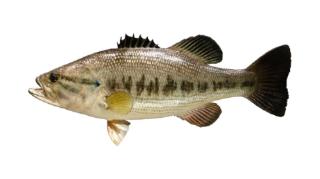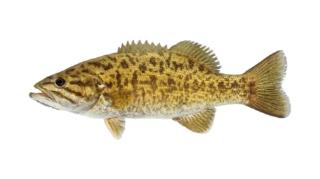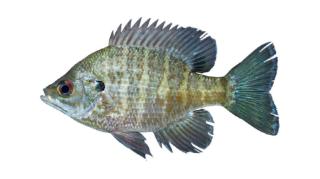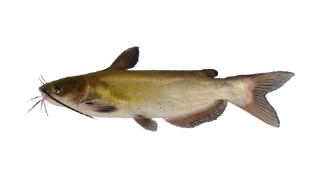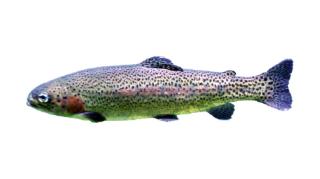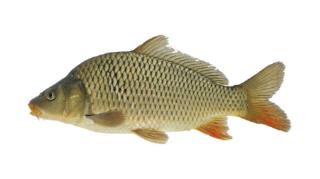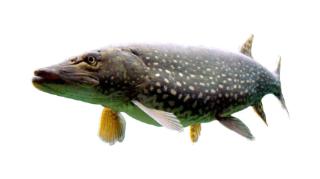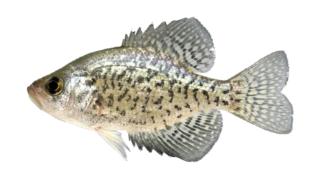Fishing For

King of herrings
2
Catches
Dorsal spines (total): 0; Dorsal soft rays (total): 414-449. Head and body silver in color with blue streaks; body with blackish streaks and spots. Dorsal fins crimson in color and with 10-12 + about 400 soft rays. Pelvic fin represented by a prolonged, ribbon-like ray (Ref. 4171). Distinguished by the following features: dorsal fin rays until the end of the abdomen numbering 90 to 120; abdominal vertebrae count 45 to 56; in complete specimens: total vertebrae, 127 to 163 and total dorsal fin rays, 414 to 449; total gill rakers on first gill arch in large fish 33 to 47; dorsal fin in adults with 2 crests: first dorsal fin crest with 6 to 8 rays membranously joined and second dorsal fin crest with 5 to 11 elongated and ornamented rays with no fin membranes connecting them or other dorsal fin rays. Other characteristics: cristophore (new term) present and supports the first dorsal fin crest; pelvic fin with a single permanent, extremely elongate and ornamented ray; 11-14 pectoral-fin rays, with a horizontally-oriented base, allowing the fin to be vertically-oriented when adpressed against the body; all large fish lacking a caudal fin, but in the young, principal rays number 3-4 (usually 4), may be extremely elongate, and the tip rarely with ornament; lacking procurrent rays; highly elongate body, with no anal fin; total dorsal fin rays in complete specimens (significantly less in individuals of approx. max. TL of 1.5 m), 3 33 to 449 and total vertebrae 113 to 163; approx. max. length of largest specimens, 8 m (all autotomized); stomach characterized with an elongate postabdominal caecum extending to end of body; muscle masses compartmentalized by a complex system of connected intermuscular septa; with up to three dorsal horizontal septa and three ventral horizontal septa in addition to the horizontal, vertical, and transverse septa common to most teleosts; as a result of autotomy, the posterior part of the adult body (including most large juveniles) terminating in a healed-over stump or terminus (new term); still, many specimens found with fresh (with a ragged appearance very different from a healed termini) incomplete self-amputations of the posterior part of the body, notably not consistent with shark bites. Toothless jaws or with only some tine vestigial teeth (Ref. 92949).
Average Length
9.8
ft
Maximum Length
26.2
ft
Maximum Weight
599.7
lbs
Depth Range
65.6 - 3,280.8
ft
Temperature Range
-
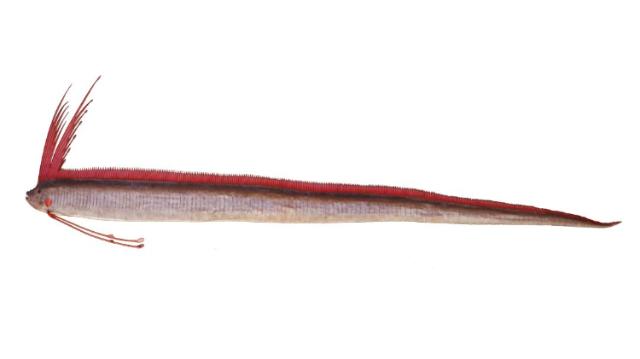
Recently Caught King of herrings
Paijo Kumolo
2024-08-16
•
Layur bossku

King of herrings
9 oz
1
Steven Murray
2019-03-28
•
Ngaanyatjarraku, Western Australia
local fishing God with this Giant Herring. Secret spot sorry.
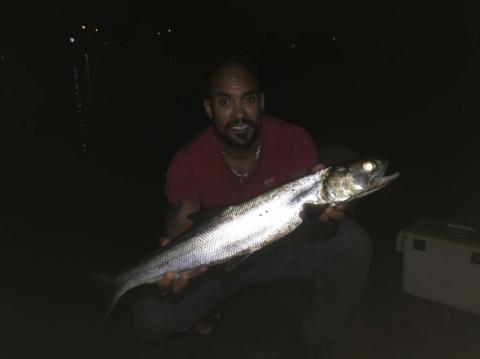
King of herrings


Want to know more about fishing for
King of herrings?
Download the FishAngler app to get access to advanced fishing maps, local fishing reports & forecasts. Join millions of anglers and get all
the intel you need to catch more fish!


